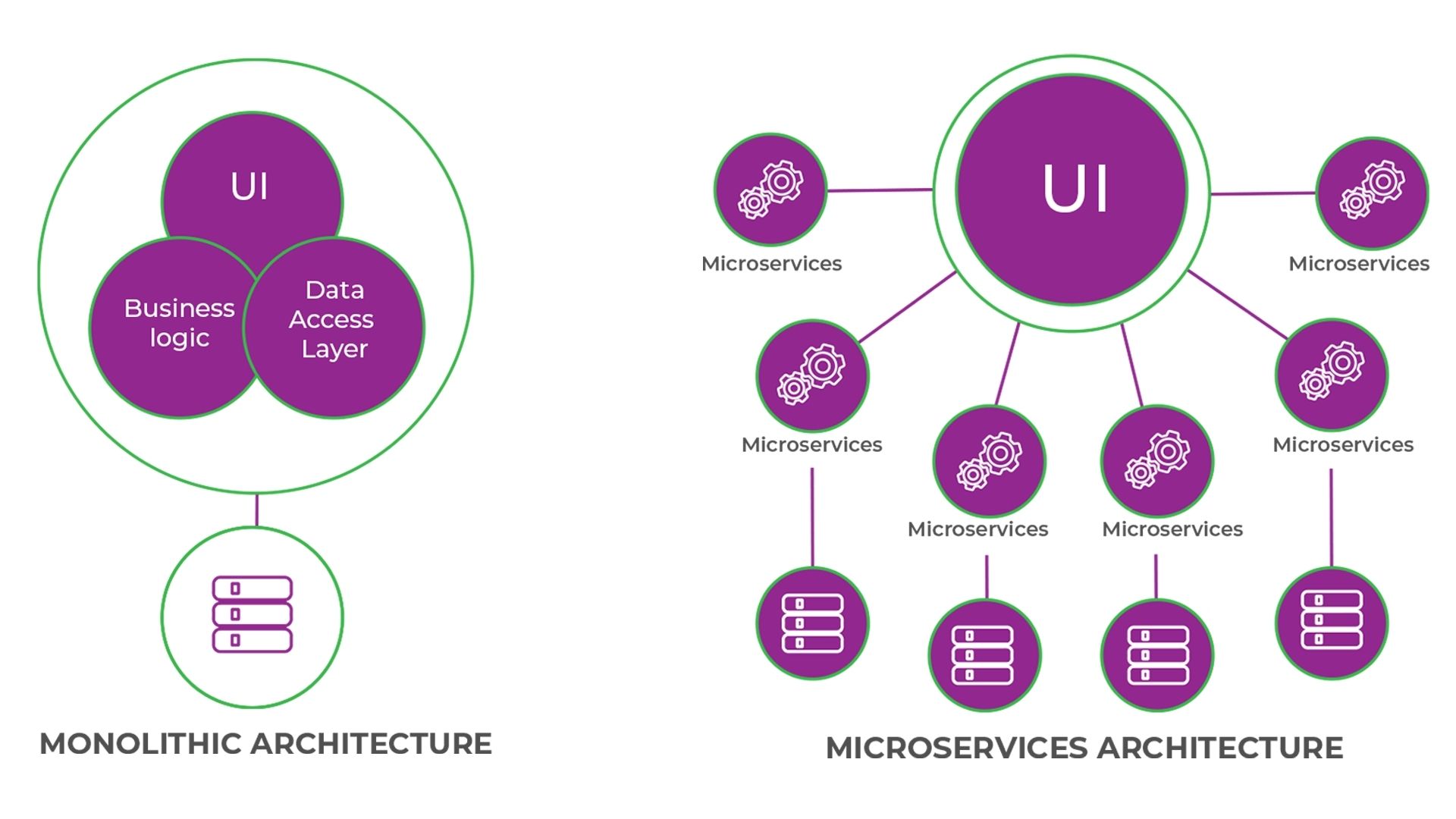Architecture/Design Reengineering
-
Kripya > Architecture/Design Reengineering

Monolithic to Microservices
Ever since its inception, Kripya has been consistently improving its competencies. As new platforms and architectures evolved, Kripya has demonstrated its ability to take on challenging projects and execute them successfully.
The move from monolithic to microservices architecture coupled with the introduction of containerization has helped our evolution as a technology-focused solution company.
With combination of containerization, test automation, and continuous integration, Kripya has mastered the art of converting monolithic applications into microservices-based containerized applications.
We help companies with legacy systems to decouple their monolithic applications into microservices, which can scale independently and make them more agile, flexible, and maintainable.
Stand-alone to Cloud Native service
We help you modernize your existing standalone applications to modern cloud-native services that can integrate seamlessly with your evolving IT landscape.
As a process of moving your standalone applications to cloud applications, we provide you with a comprehensive blueprint and development roadmap that cuts across infrastructure, databases, application monitoring and logging, caching, etc. This approach will allow you to make a well-informed decision and accelerate your application modernization journey.

Service Convergence
One of the key challenges in the SW industry is the lack of standards in service convergence and code-modernization frameworks. This has resulted in lengthy and arduous process for service providers to deploy IMS services and migrate to new technology. Kripya’s experts have put together a comprehensive framework for service convergence that makes your service convergence resilient and reliable. We look for components and classes and fix methods with names containing underscores or camel cases, We also look for components depending on other services/configs that have been altered, or services with their code removed, and regenerate the manifests (using kubectl create).

